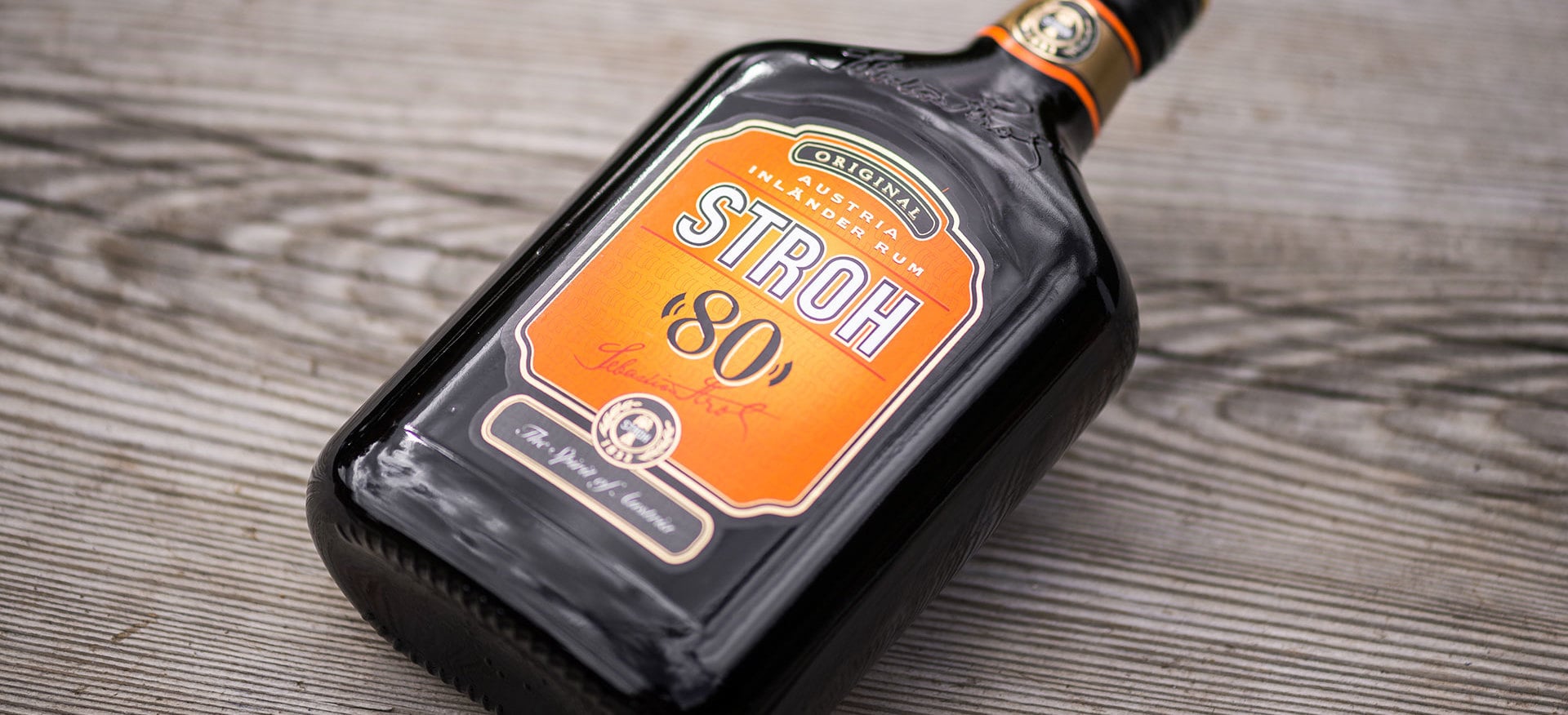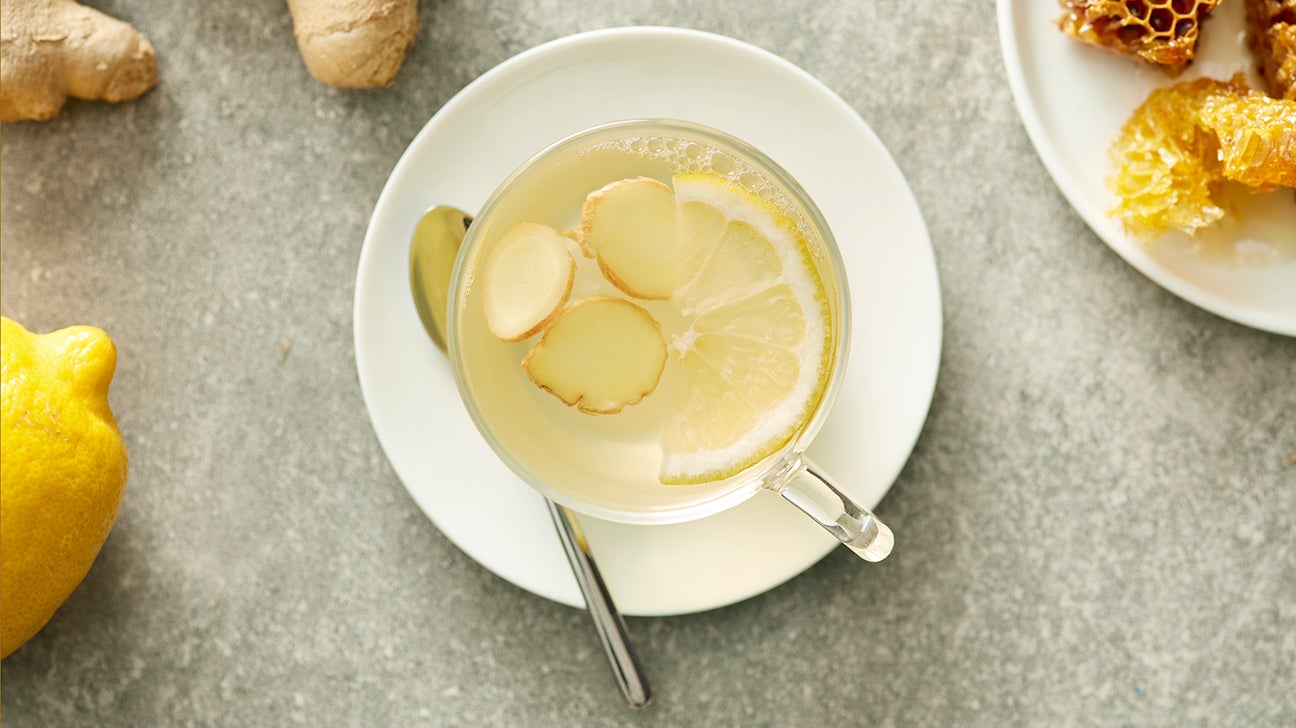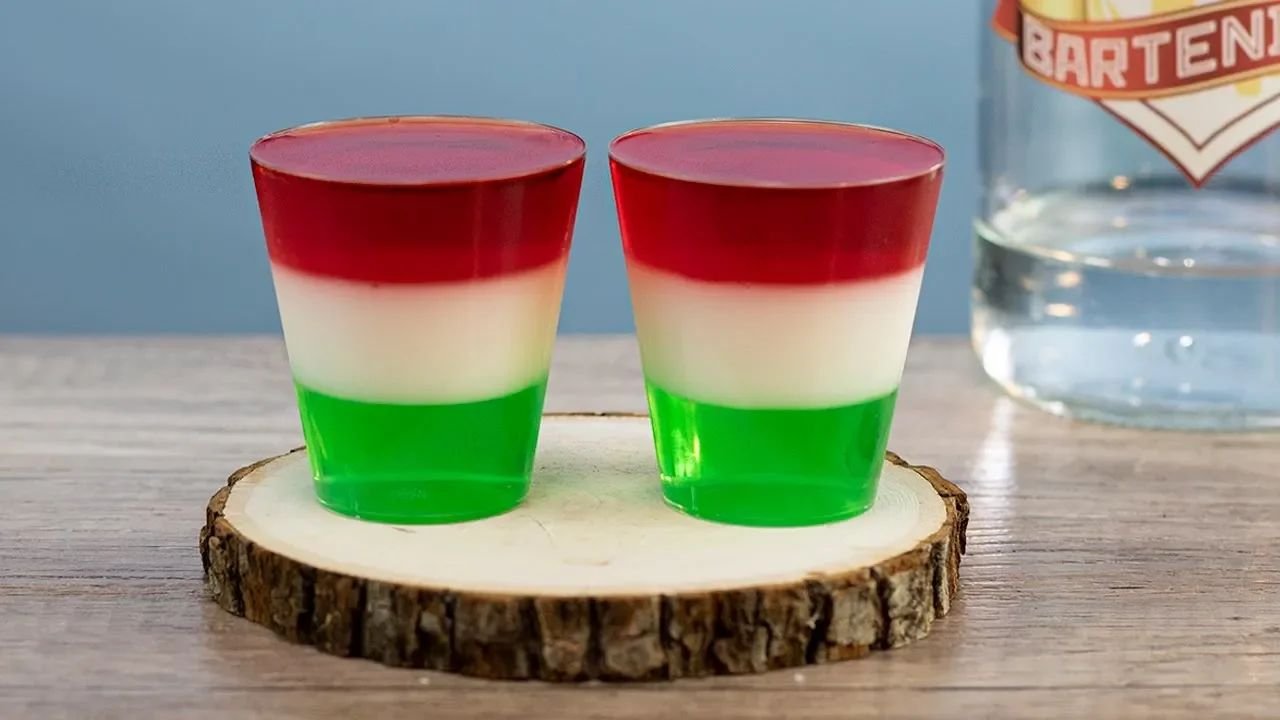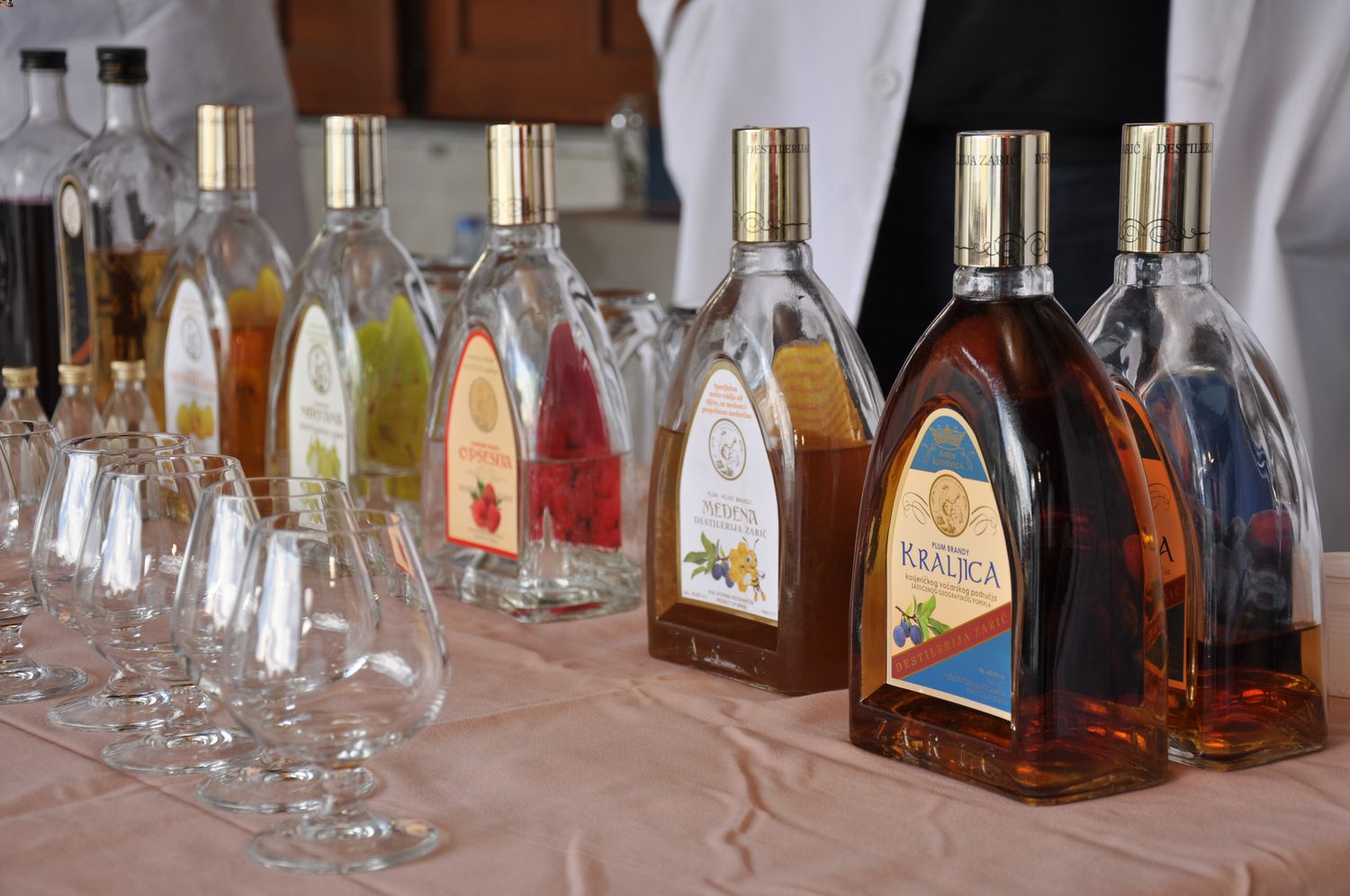Indulge in the Sweet Delight of Dessert Wine
When it comes to enjoying a sweet and luxurious treat, dessert wine is the perfect choice. Whether you’re sipping it on its own or pairing it with a delectable dessert, there are a few key tips to keep in mind to fully appreciate this delightful beverage.
Choose the Right Glass
First things first, selecting the right glass for your dessert wine can make a world of difference in your tasting experience. Opt for a smaller glass with a tulip-shaped bowl to concentrate the wine’s aromas and flavors. This will allow you to fully savor the nuances of the wine.
Serve at the Right Temperature
It’s essential to serve dessert wine at the appropriate temperature to bring out its best qualities. While the exact temperature can vary depending on the specific type of dessert wine, a good rule of thumb is to serve it slightly chilled, around 45-55°F (7-13°C). This will help to balance the wine’s sweetness and acidity, creating a harmonious drinking experience.
Pairing with Desserts
One of the most enjoyable ways to savor dessert wine is by pairing it with complementary desserts. The key is to ensure that the sweetness of the wine matches or slightly exceeds that of the dessert. This balance will prevent the wine from tasting overly sweet or cloying. Consider pairing a luscious Sauternes with a creamy crème brûlée or a rich port with a decadent chocolate torte for a truly divine combination of flavors.
Appreciate the Aromas
Before taking your first sip, take a moment to appreciate the wine’s aromas. Swirl the wine in your glass to release its bouquet, then take a gentle sniff. You may detect notes of honey, dried fruits, caramel, or floral undertones, depending on the type of dessert wine. This sensory experience adds an extra layer of enjoyment to your tasting.
Sip and Savor
When it’s finally time to taste the dessert wine, take a small sip and let it linger on your palate. Notice the interplay of flavors, from the initial burst of sweetness to the lingering finish. Dessert wines often have a luscious, velvety texture that coats the mouth, making each sip a luxurious experience.
Conclusion
Dessert wine offers a delightful way to cap off a meal or indulge in a sweet treat. By following these tips for serving and savoring dessert wine, you can elevate your enjoyment of this luxurious beverage. Whether enjoyed on its own or paired with a delectable dessert, dessert wine is sure to satisfy your sweet tooth and provide a truly indulgent experience.
Was this page helpful?
Read Next: How To Drink Dunkin Donuts Iced Coffee











